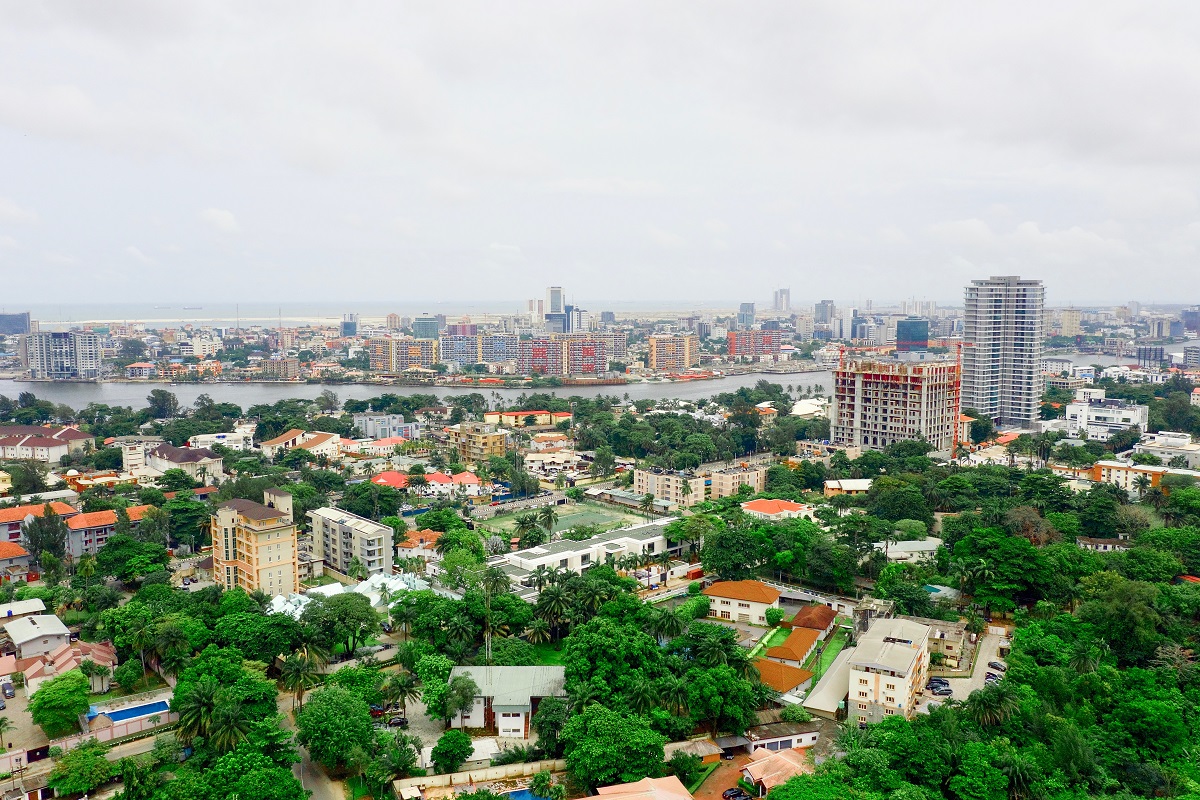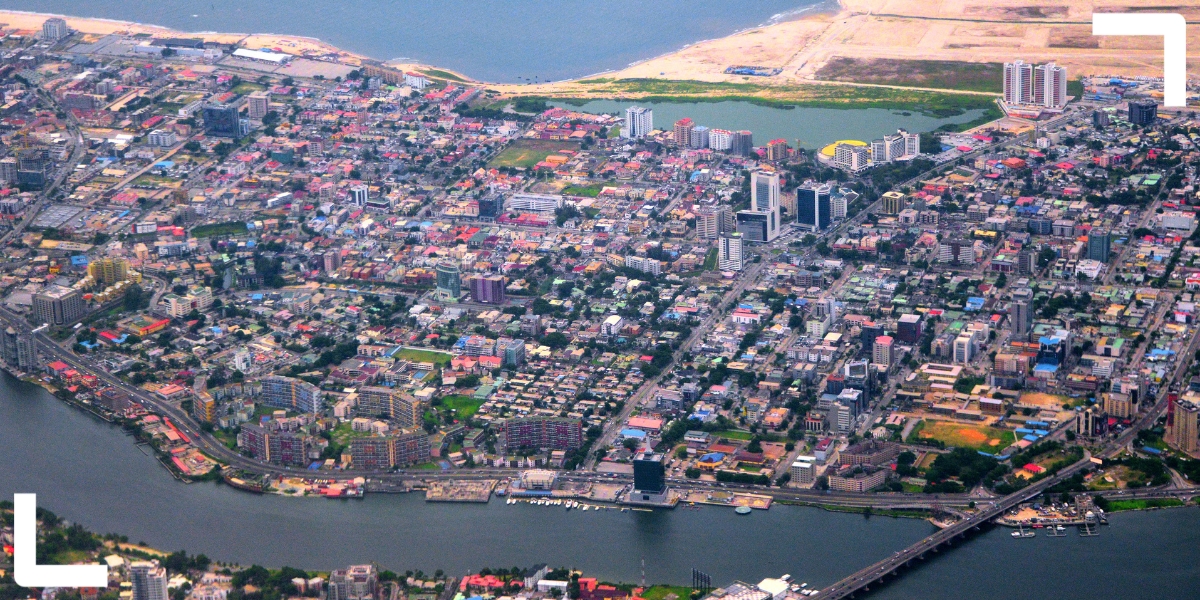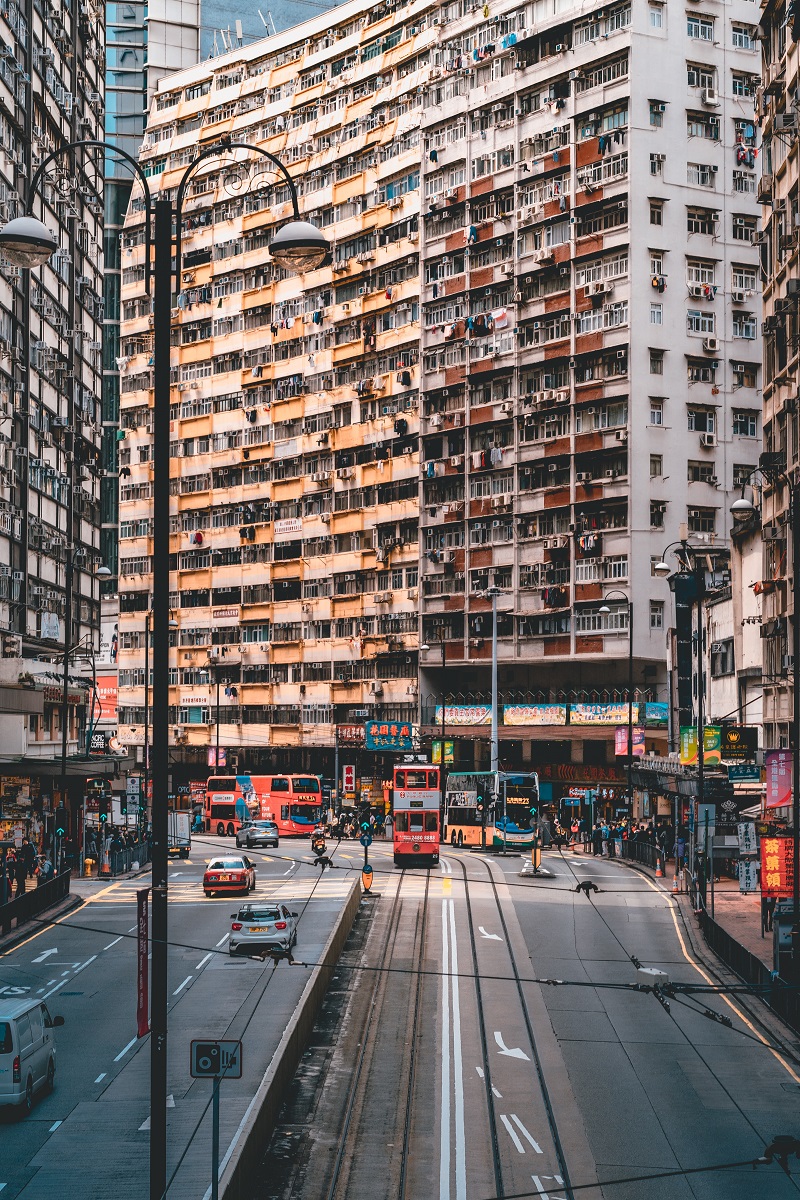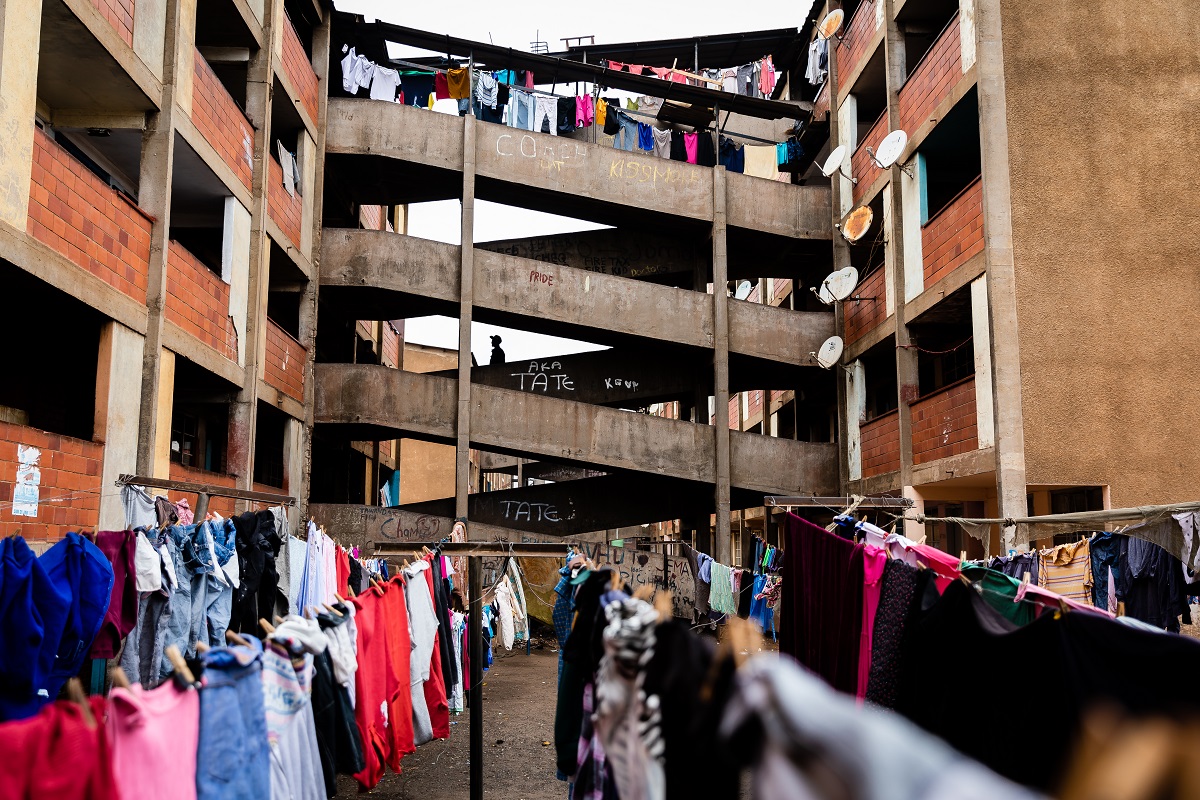Guest blog by Astrid RN Haas, fellow at the University of Toronto’s Infrastructure Institute and extraordinary lecturer in the University of Pretoria’s Department of Economics
Economists have long claimed there is overwhelming evidence that urbanisation unlocks the potential for economic growth and, from this, development. They point to the fact that no country to date has reached middle-income status without undergoing an urban transition. Therefore, they see cities as engines of growth, bringing people and businesses together into dense environments, thereby fostering productivity and innovation. This in turn generates job opportunities, from which residents in cities can earn better incomes and improve their livelihoods.
African cities, however, are mostly defying this trajectory. Whilst the continent is undergoing the fastest urban transition that the world has experienced to date, this has not been coupled with the growth that economists would have predicted. In fact, in many cases, the rapid urbanisation is resulting in growing poverty in urban areas, exacerbated by the lack of investments in infrastructure and public services.

Ikoyi, an upper-class suburb of Lagos, Nigeria, is pictured in the foreground, with Victoria Island and Eko Atlantic in the distance. Photo credit: Reginald Bassey / Wikimedia Commons (CC BY-SA 4.0)
Not any urbanisation, well-managed urbanisation
To explain this phenomenon, economists point to the fact that urbanisation in Africa is not well managed, stemming from a poor governance environment. As a result, the private sector shies away from investing, leaving a lack of job opportunities for the large population moving to or being born in these cities. This underinvestment also means that insufficient finances are being generated from taxes to fund much needed infrastructure and services that make cities liveable, such as transport, housing, water, and sanitation. This in turn leads to further deterioration of the urban space.
One antidote – as first proposed by Paul Romer in a TedTalk in 2010, and now adopted by a growing set of his followers – is so-called charter cities. The term charter city has started to take on a wide variety of definitions since its inception. In essence, however, it is a city in a developing country, which would be temporarily administered by a different state from the one where it is located. This would divorce the city from its national governance structures and allow it to operate under stronger institutional and governance structures, particularly in the form of laws, policies, and the judiciary.
The idea is that this preferable governance environment would attract investment from private sector firms, thereby bringing jobs, raising wages, and living standards for residents, and unlocking a positive virtuous cycle of economic growth and development. The example often cited by charter cities advocates – but also highly disputed – is the case of Hong Kong administered under British rule.
An example often cited by charter cities advocates is the case of Hong Kong administered under British rule. Photo credit: Joel Fulgencio / Unsplash
Why the economics of charter cities don’t work
Notwithstanding the major concerns of the neo-colonial implications of such a model – also illustrated by the Hong Kong example – even from an economics perspective, these types of cities are highly unlikely to take off, particularly in Africa. Perhaps the strongest evidence for this is that there are no successful examples to date of establishing a charter city in a developing country, as per the model envisaged by Romer.
There are now, however, a growing number of greenfield “new city” or “smart city” projects across the continent that try to mimic some of these prescriptions, ostensibly to attract the private sector and generate jobs. Leading the charge in this area is Nigeria, which is planning over 25 million m2 of new cities.
For these types of cities, the notion of building from scratch is often used as an argument to avoid the political and financial cost of retrofitting and to decongest already overcrowded cities. However, developing greenfield sites is expensive and will divert much needed, scarce resources away from places where they are required.
An example is Mount Hampden, that is currently being built 11 miles outside Harare in Zimbabwe. The current price-tag is around 50 billion USD, with some of this financing already being lent by China. Yet Zimbabwe is currently not even able to generate enough foreign exchange to import sufficient food. As highlighted by the opposition member of parliament, Tendai Biti, the construction of this city is “mortgaging Zimbabwe”.
FINAL STRETCH: Zimbabwe's new six-storey, US$140 million parliament building in Mount Hampden, 18km north-west of Harare, has entered "the final stage of construction" and "will be presented to the people of Zimbabwe in the near future", the Chinese embassy says pic.twitter.com/ZlEU2WjZhH
— ZimLive (@zimlive) March 14, 2022
New cities are also expensive in other ways. In particular, the economic productivity of cities is founded on how well they can connect the private sector to markets, and residents to jobs, to each other and to essential goods and services. Furthermore, connections between cities and rural areas and – in an increasingly globalised world – to regional and global markets, are key determinants of investment. Hong Kong, for example, is an island city state that is highly connected to different trade routes.
Yet the growing infrastructure deficit – particularly in the road and rail networks across sub-Saharan Africa, exacerbated by the fact that many cities are landlocked – means that the cost of doing business in African cities is high, irrespective of what infrastructure exists within them. No isolated city can or will resolve these more systemic challenges, yet they will critically impact what can happen in such cities and how much they cost to build.
Enclaves for the (super) rich
An argument used by charter city proponents is that infrastructure investments do not necessarily have to be undertaken by the public sector. Rather, by simply adopting external governance structures that create a conducive business environment, the private sector will make the necessary investments.
A fundamental flaw with this argument is that not everything in a city can be packaged neatly into a “bankable project” that will generate sufficient profits to attract private investors. More importantly, liveability is also founded on the provision of key public goods and services, whose benefits are far greater for the majority than the individual. These include infrastructures like roads, public open space, and community centres, all of which are investments without a good private return but with an immense public one.
Matapi flats in Mbare, a high-density residential area in Harare, Zimbabwe. Photo credit: Yann Macherez / Wikimedia Commons (CC BY-SA 4.0)
In addition, especially operating in settings with challenging land tenure, the anticipation of a large influx of investment will inevitably lead to speculation, which in turn will add to costs for the private sector. This can be seen across Africa, even in new cities that have not actually been completed, with the cost of property already far outpricing the average citizen. For example, in Eko Atlantic in Nigeria, the current buying price for a two-to-three-bedroomed apartment is between 800,000 USD and 1 million USD. In Senegal’s Diamniadio City, even though the housing developments are yet to be built, land prices have increased so substantially that it is already clear the average Senegalese citizen will not be able to live there. These cities will merely become enclaves for the super-rich.
Politics is messy
From the political perspective, unless new governance structures and institutional structures are implemented by force, as was done in colonial times, it is naïve to assume that institutions and policies at city level can be fully divorced, and therefore distinct, from their national context and political settlement. The key example here is Honduras, the only place to date where Romer was welcomed as part of a group to actually implement a charter city, including the governance components. Ultimately, however, the law enabling charter cities was repealed, as a means to “recovering its sovereignty”.
Politicians with short-term time horizons like to hear that there are silver bullets. The promise of the charter city is that by starting afresh, one can ignore the difficulties of retrofitting the cities that already exist, or even planning the cities that are growing. Instead, one can start anew on a clear, easy path to growth and development. As illustrated, these are risky and extremely costly endeavours that crowd out other opportunities. From a political perspective, they will inevitably fail, as they come head-to-head with the realities of institution building.
Yet cities are inherently political. The messy process of institution building at a local level, whilst it may be lengthy, is what ultimately results in more stable and, importantly, locally appropriate institutions. The most successful cities we have today, that deliver on liveability, productivity, and sustainability, are ones that have undergone these processes over centuries. They are also cities that work for the majority, rather than the privileged few.
Header photo credit: mtcurado / Getty Images (via Canva Pro). Aerial shot over Victoria Island and Eko Atlantic City in Nigeria, Lagos.
Note: This article presents the views of the author featured and does not necessarily represent the views of the African Cities Research Consortium as a whole.
The African Cities blog is licensed under Creative Commons Attribution-NonCommercial-NoDerivatives 4.0 International (CC BY-NC-ND 4.0), which means you are welcome to repost this content as long as you provide full credit and a link to this original post.




